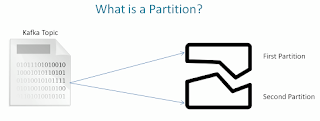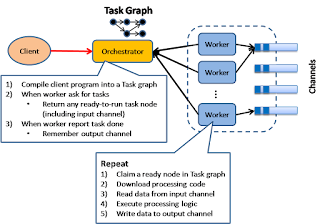Subject: Object composition in Java via Lombok @Delegate annotation
Problem Statement : One common drawback of using composition instead of inheritance is that methods being provided by individual components may have to be implemented in the derived type, even if they are only forwarding methods. In contrast, inheritance does not require all of the base class's methods to be re-implemented within the derived class. Rather, the derived class only need to implement (override) the methods having different behavior than the base class methods. This can require significantly less programming effort if the base class contains many methods providing default behavior and only a few of them need to be overridden within the derived class.
Solution: This drawback can be avoided by using traits, mixins, or protocol extensions. Some languages, such as Perl 6, provide a handles keyword to facilitate method forwarding. In Java, Project Lombok lets you implement delegation using a single @Delegate annotation on the field instead of copying and maintaining names and types of all methods from the delegated field
Code : For the ones who says - "No bullshit , just the code..." :))
import lombok.Data;
@Data
public class BasicStudent {
private String name;
public void writeYourNameOnTheBlackBoard (){
System.out.println ("There is no He/she/it in turkish because we are not sexists :) ");
}
}
import lombok.experimental.Delegate;
public class EnhancedStudent {
@Delegate
BasicStudent beaFeaturesCameHereWithAnnotation;
}
public class StudentProcessor {
public static void main (String[] args) {
EnhancedStudent enhancedStudent = new EnhancedStudent ();
enhancedStudent.writeYourNameOnTheBlackBoard ();
}
}
-- for the memory of Christoph Portman




















